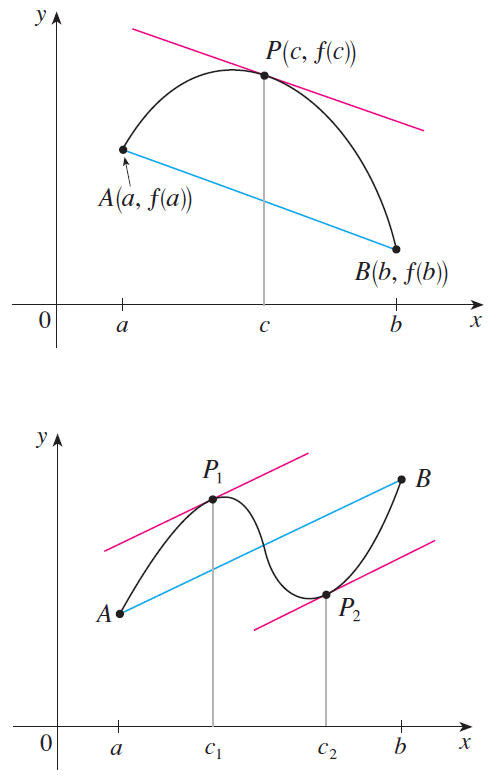HOW TO WRITE ABSOLUTE VALUE FUNCTIONS AS PIECEWISE FUNCTIONS
Consider the following absolute value function.
f(x) = |x - a|
where a > 0.
You can follow the steps below to write the above absolute value function as piecewise function.
Step 1 :
Consier the expression inside the abosulte value.
x - a
Step 2 :
Equate 'x - a' to zero and solve for x.
x - a = 0
x = a
Step 3 :
Now, you have to consider the values of a for which (x - a) is less than zero (negative) and (x - a) is equal to zero or greater than zero.
x < a ----> (x - a) < 0
x ≥ a ----> (x - a) ≥ 0
Step 4 :
Since (x - a) < 0 when x < a, you have to take negative sign for (x - a).
f(x) = -(x - a)
f(x) = -x + a
f(x) = a - x
Since (x - a) ≥ 0 when x ≥ a, you have to keep (x - a) as it is.
f(x) = x - a
Step 5 :
The absolute value function f(x) = |x - a| can be written as a piecewise function as follows.
Write each of the following absolute value functions as a piecewise function.
Example 1 :
f(x) = |x|
Solution :
Equate the expression inside the absolute value to zero and solve for x.
x = 0
When x takes a negative value, x < 0.
f(x) = -x
When x takes zero or a positive value, x ≥ 0.
f(x) = x
Therefore,
Example 2 :
f(x) = |x - 2|
Solution :
Equate the expression inside the absolute value to zero and solve for x.
x - 2 = 0
x = 2
When x < 2, (x - 2) < 0.
f(x) = -(x - 2)
f(x) = 2 - x
When x ≥ 2, (x - 2) ≥ 0.
f(x) = x - 2
Therefore,
Example 3 :
f(x) = |x - 1| + 2
Solution :
Equate the expression inside the absolute value to zero and solve for x.
x - 1 = 0
x = 1
When x < 1, (x - 1) < 0.
f(x) = -(x - 1) + 2
f(x) = -x + 1 + 2
f(x) = 3 - x
When x ≥ 1, (x - 1) ≥ 0.
f(x) = x - 1 + 2
f(x) = x + 1
Therefore,
Example 4 :
f(x) = |x + 1| + |x - 2|
Solution :
Equate the expressions inside the absolute value to zero and solve for x.
|
x + 1 = 0 x = -1 |
x - 2 = 0 x = 2 |
When x < -1, (x + 1) < 0 and (x - 2) < 0.
f(x) = -(x + 1) - (x - 2)
f(x) = -x - 1 - x + 2
f(x) = 1 - 2x
When x > 2, (x + 1) > 0 and (x - 2) > 0.
f(x) = (x + 1) + (x - 2)
f(x) = x + 1 + x - 2
f(x) = 2x - 1
When -1 ≤ x ≤ 2, (x + 1) ≥ 0 and (x - 2) ≤ 0.
f(x) = (x + 1) - (x - 2)
f(x) = x + 1 - x + 2
f(x) = 3
Therefore,
Example 5 :
f(x) = |x - 5| + |x|
Solution :
Equate the expressions inside the absolute value to zero and solve for x.
|
x - 5 = 0 x = 5 |
x = 0 |
When x < 0, (x - 5) < 0 and x < 0.
f(x) = -(x - 5) - x
f(x) = -x + 5 - x
f(x) = 5 - 2x
When x > 5, (x - 5) > 0 and x > 0.
f(x) = (x - 5) + x
f(x) = x - 5 + x
f(x) = 2x - 5
When 0 ≤ x ≤ 5, (x - 5) ≤ 0 and x ≥ 0.
f(x) = -(x - 5) + x
f(x) = -x + 5 + x
f(x) = 5
Therefore,
Example 6 :
Solution :
When x < 0,
When x > 0
Therefore,
Example 7 :
Solution :
Equate the expressions inside the absolute value to zero and solve for x.
x - 8 = 0
x = 8
When x < 8, (x - 8) < 0.
When x > 8, (x - 8) > 0.
Therefore,
Example 8 :
Solution :
Equate the expressions inside the absolute value to zero and solve for x.
x2 - 36 = 0
x2 - 62 = 0
(x + 6)(x - 6) = 0
x + 6 = 0 or x - 6 = 0
x = -6 or x = 6
When x < -6 or x > 6, (x2 - 36) > 0.
When -6 < x < 6, (x2 - 36) < 0.
Therefore,
Kindly mail your feedback to v4formath@gmail.com
We always appreciate your feedback.
©All rights reserved. onlinemath4all.com
Recent Articles
-
Simplifying Algebraic Expressions with Fractional Coefficients
May 17, 24 08:12 AM
Simplifying Algebraic Expressions with Fractional Coefficients -
The Mean Value Theorem Worksheet
May 14, 24 08:53 AM
The Mean Value Theorem Worksheet -
Mean Value Theorem
May 14, 24 02:48 AM
Mean Value Theorem

